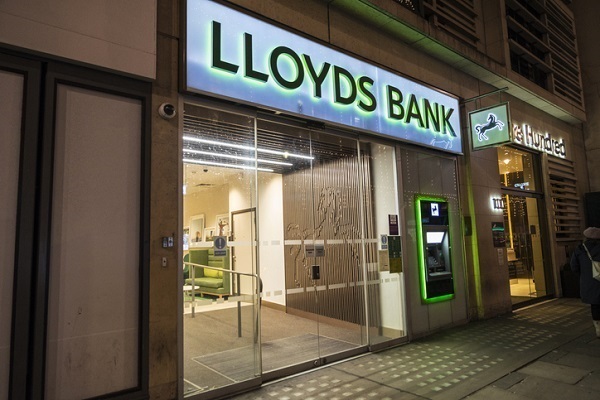ii view: is Lloyds Bank share slump an opportunity?
13th March 2023 15:41
by Keith Bowman from interactive investor
A 5% dividend yield and £2 billion share buyback programme, but still a bank vulnerable to sector black swan events. Buy, sell, or hold?

Full-year results to 31 December
- Net income up 14% to £18 billion
- Adjusted profit before bad debt provisions up 46% to £9 billion
- Final dividend of 1.6p per share
- Total dividend for the year up 20% to 2.4p per share
- New £2 billion share buyback scheme
Chief Executive Charlie Nunn said:
"While the operating environment has changed significantly over the last year, the Group has delivered a robust financial performance with strong income growth, continued franchise strength and strong capital generation, enabling increased capital returns for shareholders.”
- Invest with ii: Open an ISA | ISA Investment Ideas | ISA Offers & Cashback
ii round-up:
Built on its acquisition of HBOS during the 2008 banking crisis, Lloyds Banking Group (LSE:LLOY) is home to household brand names including Lloyds Bank itself, Halifax, Bank of Scotland, Scottish Widows and Birmingham Midshires.
It operates through the three core divisions of Retail, Commercial Banking and Insurance, Pensions, and Investments.
For a round-up of these latest results announced on 22 February, please click here.
ii view:
Operating across the UK, Lloyds employs around 58,000 people, servicing around 26 million customers across 16 different brand names. Under chief executive Charlie Nunn, the bank’s strategic pushes include a focus on digital channels, supporting the transition to a low carbon economy, deepening its consumer relationships, and broadening its intermediary propositions in product areas such as motor finance and home Insurance.
For investors, fears regarding the financial strength of banks following the collapse of tech customer focused lender SVB in the US now head industry concerns. Central bank actions to ease the strain for bank customers may now include smaller or even no immediate interest rate rises. Higher rates generally help banks to widen margins between loan rates and deposit rates and therefore assist profits. This comes against an already challenging UK economic outlook and one where potential falls in property prices could result in further bad debt provisions than those taken at these latest results.
- Stockwatch: which UK bank shares should be in your ISA?
- ‘High risk? I don’t see it that way’: the investment secrets of an ISA millionaire
- 2023 Investment Outlook: stock tips, forecasts, predictions and tax changes
More favourably, a pro forma capital cushion, or CET1 ratio of 14.1% as of the end of 2022 remains ahead of management’s comfort target of 12.5%. A new £2 billion share buyback programme suggests that management were at least comfortable with the UK economic situation prior to the SVB collapse, while HSBC Holdings (LSE:HSBA) acquisition of SVB’s UK business will assist its existing UK customer base. Low UK unemployment to date also warrants consideration, helping the servicing of debt, as does Lloyd’s near two-thirds loan book exposure to property backed loans or mortgages.
A good dose of caution looks sensible, especially as the SVB story continues to unfold. But looking at the fundamentals, Lloyds still appears in good shape and is focused on shareholder return. Existing shareholders will likely choose to keep receiving the attractive dividend, while other investors will have had their interest piqued by the share price retreat.
Positives
- Strong focus on costs
- Attractive dividend (not guaranteed)
Negatives
- Uncertain economic outlook
- Lacks the geographical diversity of some other banks
The average rating of stock market analysts:
Buy
These articles are provided for information purposes only. Occasionally, an opinion about whether to buy or sell a specific investment may be provided by third parties. The content is not intended to be a personal recommendation to buy or sell any financial instrument or product, or to adopt any investment strategy as it is not provided based on an assessment of your investing knowledge and experience, your financial situation or your investment objectives. The value of your investments, and the income derived from them, may go down as well as up. You may not get back all the money that you invest. The investments referred to in this article may not be suitable for all investors, and if in doubt, an investor should seek advice from a qualified investment adviser.
Full performance can be found on the company or index summary page on the interactive investor website. Simply click on the company's or index name highlighted in the article.